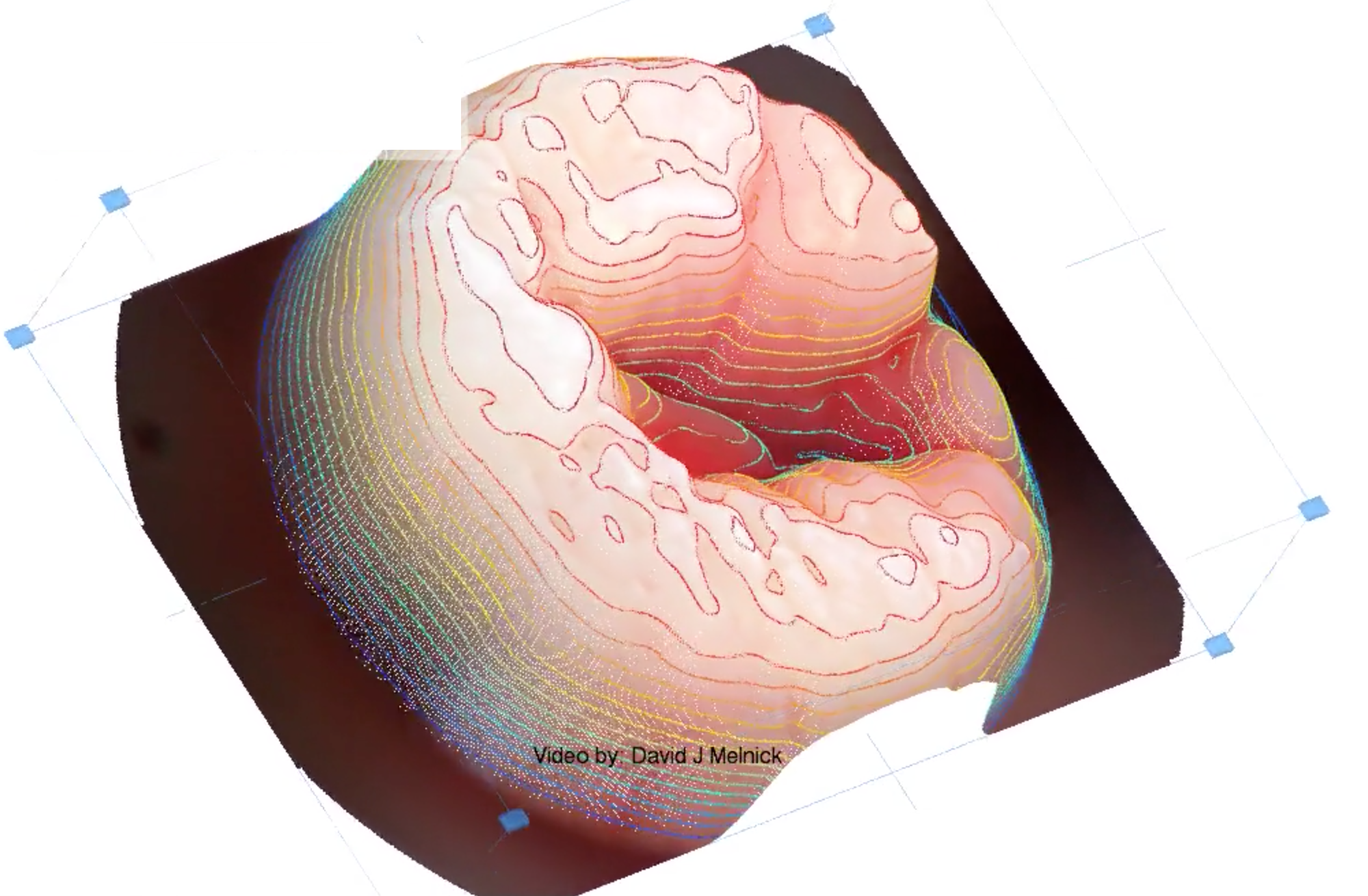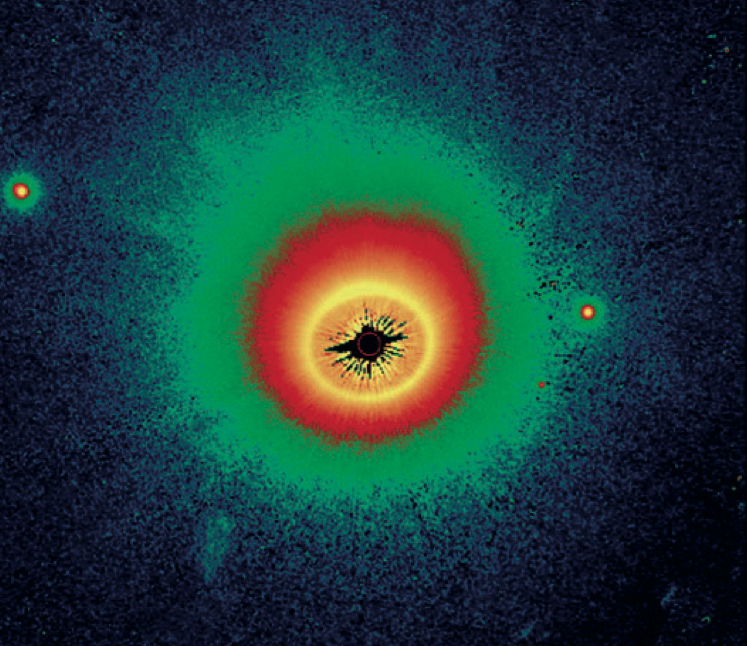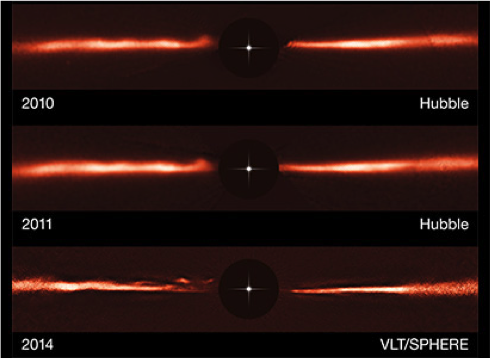About me:
I am a Professor in the Department of Physics & Astronomy at the College of Charleston. My main research focus is the development of novel medical imaging instrumentation and observational investigations of extrasolar planets and stellar activity. I received my B.A. from Pomona College and my M.S. and Ph.D. from Cornell University.
Samples of My Research
Medical Imaging:

I and colleagues invented a new technique for carrying out lowcost, single-snapshot, 3D imaging, and demonstrated its utility in resource limited settings, for screening pre-cancerous growths. Successful patient testing of the technology, for the screening of cervical pre-cancers, was completed in 2022. The 20-patient study was enabled by a funding award from the National Institutes of Health.
Exoplanet Discovery:

The above frames show extrasolar planets discovered by collaborators and me using infrared imaging on the Subaru 8-meter Telescope in Mauna Kea, Hawaii. The left tile displays a 'Super-Jupiter' orbiting around the high mass star Kappa Andromedae. The Super-Jupiter was first identified by CofC students Thea Kozakis and Laura Stevens. The discovery represents one of the most massive star ever known to show evidence of 'normal' planet formation, and is published in Carson et al. (2013, Astrophysical Journal, 764, 183). The tile on the right shows the newly discovered planet GJ 504 b, orbiting around its Sun-like parent star. The Jupiter-like planet is one of the lowest mass and coldest temperature planets ever imaged around a Sun-like star. The discovery is published in Kuzuhara, ..., Carson, et al. (2013, Astrophysical Journal, 774, 11)
Exoplanet Discovery:

The above frame shows the discovery image of the extrasolar planet b Centauri b (see arrow), a large gas giant planet orbiting a binary star. The host star system, with a collective mass 6-10 times that of the Sun, is by far the most massive ever found to host an extrasolar planet. The discovery was made with infrared imaging using the Very Large Telescope in Chile, through the course of a planet survey established by collaborators and me. The discovery was published in 2022 in the journal Nature.
Circumstellar Disks:

A debris disk around HD 181327, captured by collaborators and me using the Hubble Space Telescope, helps show the diversity of circumstellar disks which make up the birthplaces of planets. Image featured on the November 2014 cover of the Astronomical Journal.
Brown Dwarf Discovery:

Discovery image of GJ 758 B, a cold brown dwarf around a Sun-like star, captured by collaborators and me using the Subaru 8-meter Telescope. Discovery featured in Time Magazine’s Top Ten Scientific Discoveries of 2009.
Proto-planetary Disks:

Never-before-seen waves of disk material are observed speeding away from the star AU Mic at speeds up to 40,000 kilometers/hour. This discovery by collaborators and me is published in the October 2015 issue of the journal Nature.
webpage modified: July 2023